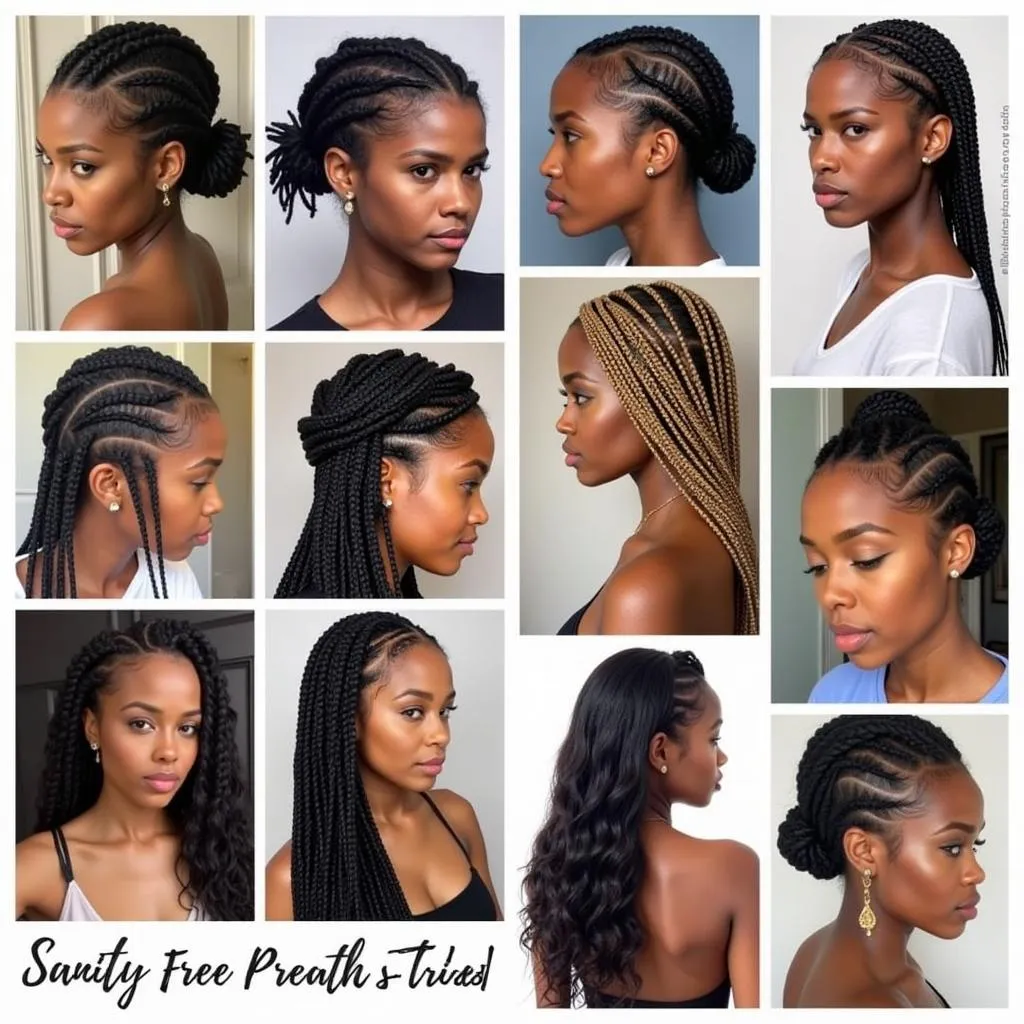Exploring the Vibrant World of African Folk Art Designs
African Folk Art Designs are a captivating reflection of the continent’s rich cultural heritage and artistic ingenuity. From intricate patterns and bold colors to symbolic motifs and traditional techniques, these designs offer a unique window into the diverse cultures and artistic expressions found across Africa.
The Significance of African Folk Art Designs
For centuries, African folk art has played an integral role in daily life, serving not merely as decoration but as powerful expressions of cultural identity, spiritual beliefs, and societal values. Each design often carries deep-rooted symbolism, passed down through generations and reflecting the history, myths, and legends of its people.
Common Motifs and Their Meanings
One of the most captivating aspects of African folk art designs is the recurring use of motifs, each imbued with symbolic meaning:
- Animals: Lions often symbolize strength and power, while elephants represent wisdom and longevity. Birds, frequently depicted in flight, can symbolize freedom and the spiritual realm.
- Ancestors: Representations of ancestors are common, highlighting the importance of lineage and honoring those who came before.
- Nature: From stylized depictions of plants and flowers to geometric patterns inspired by the sun, moon, and stars, nature serves as a constant source of inspiration.
A Diverse Tapestry of Styles
It’s essential to understand that “African folk art” does not encompass a single style. Each region and ethnic group across the vast continent boasts its unique aesthetic traditions and techniques:
- West Africa: Known for its vibrant textiles, such as kente cloth from Ghana and aso oke fabric from Nigeria. These textiles often feature intricate geometric patterns and bold colors, woven on narrow looms and sewn together to create larger cloths. african fabric manufacturers offer a glimpse into the modern-day production of these traditional textiles.
- Southern Africa: Beaded art forms, such as the intricate beadwork of the Zulu people, are prominent. Beads are used not only for adornment but also to convey messages and tell stories.
- East Africa: Known for its wood carvings, particularly the Makonde people of Tanzania and Mozambique, renowned for their skill in depicting human figures and spirits.
The Enduring Legacy of African Folk Art
While deeply rooted in tradition, African folk art designs continue to evolve, inspiring contemporary artists and designers globally. From fashion to interior design, these motifs and techniques add a unique and meaningful touch. The growing interest in sustainable and ethical practices has also led to a renewed appreciation for traditional African crafts.
Preserving Cultural Heritage
As we celebrate the beauty and diversity of African folk art designs, it’s vital to support the artisans who keep these traditions alive. By purchasing authentic crafts, we not only acquire unique and meaningful pieces but also contribute to the economic well-being of these communities and help preserve their invaluable cultural heritage. For those interested in exploring hands-on activities inspired by African art, african crafts for kids provides a wonderful starting point.
Conclusion
African folk art designs offer a captivating blend of artistry, symbolism, and cultural significance. By delving deeper into the meaning behind the motifs and techniques, we gain a richer appreciation for the diverse cultures and artistic expressions that thrive across the African continent. As we continue to learn from and celebrate these traditions, we ensure their enduring legacy for generations to come.
FAQ
1. What materials are commonly used in African folk art?
African folk artists utilize a wide range of materials, including wood, clay, textiles, beads, metal, and natural pigments derived from plants and minerals.
2. Are there specific colors that hold symbolic meaning in African folk art?
Yes, colors often carry symbolic significance. For instance, red can represent life force and power, while white can symbolize purity and spirituality. The meanings can vary depending on the specific culture and context.
3. Where can I find authentic African folk art?
Reputable art galleries, fair trade organizations, and online marketplaces specializing in African art are good places to start your search. When traveling to Africa, local markets and craft cooperatives offer opportunities to purchase directly from artisans. African fauna prints can be a great way to bring the beauty of African wildlife into your home while supporting local artists.
4. How can I learn more about specific African folk art traditions?
Museums, cultural centers, and online resources dedicated to African art offer a wealth of information. You can also find books and documentaries that delve into specific regions, cultures, and art forms.
5. Is photography allowed when appreciating African folk art in its cultural context?
It’s essential to be respectful and always ask for permission before taking photographs of people or their artwork, especially in sacred or ceremonial settings. Some communities may have restrictions on photography, so it’s best to err on the side of caution and inquire beforehand.
Let us know if you have any questions. We are here to help you discover the beauty and wonder of African folk art designs!
Contact us:
Phone Number: +255768904061
Email: kaka.mag@gmail.com
Address: Mbarali DC Mawindi, Kangaga, Tanzania.

